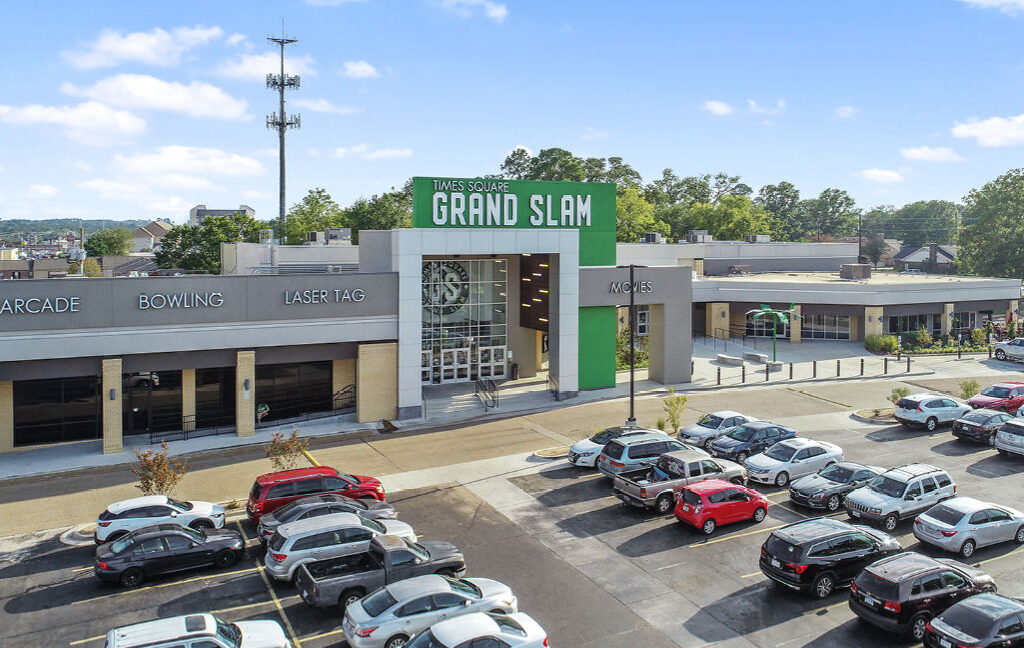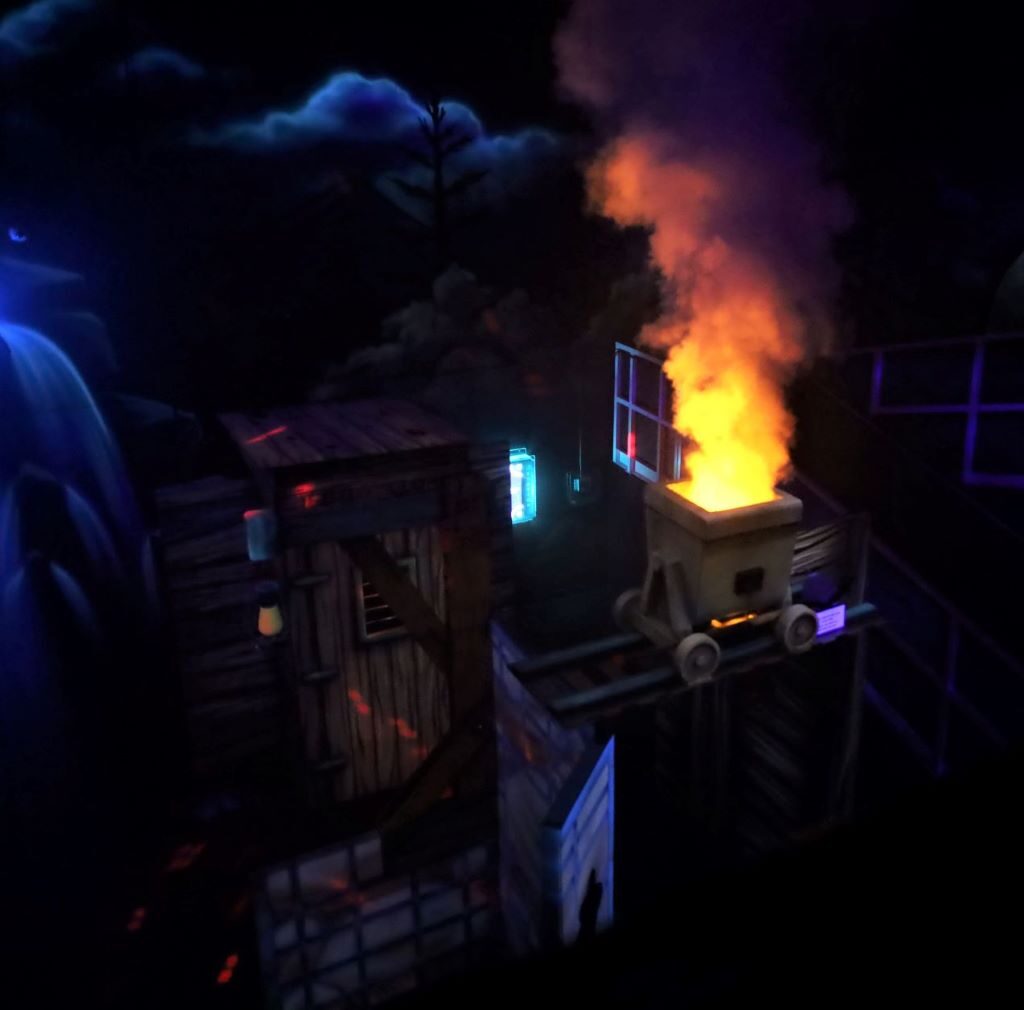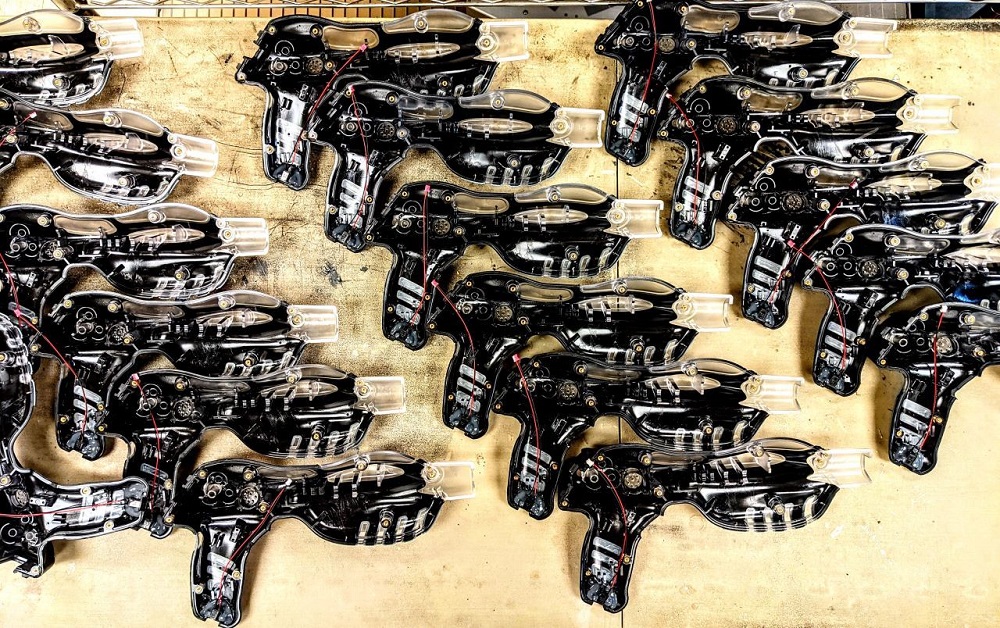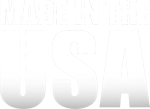The last couple of years have turned much of the world upside down. However, that doesn’t change the fact that people still need to get out and have a good time. For those who take it upon themselves to fulfill this timeless need, it is important to be able to adapt to a market that is being shaped by accelerating economic, technological and cultural developments.
COVID-19 hit cinemas particularly hard, and while business is back with a vengeance in some areas, many cinemas across the country are failing to hit anything close to maximum occupancy, even without civil restrictions. While this can be attributed to general trends of cinema attendance, the purpose of this article is to explore other avenues for generating revenue from an existing facility.

Jeremy Simpson is the General Manager at Times Square Grand Slam, a cinema turned family entertainment center in Tyler, TX. Last week, he sat down with Laser Blast President Mike Ewald to discuss the impact including other attractions–especially laser tag–had.
Starting out as a six, then seven screen cinema, Times Square Grand Slam also added bowling, an arcade, a ropes course as well as a Laser Blast laser tag attraction in 2018. According to Jeremy, the expansion of the cinema into an entertainment center has been extremely profitable, as these added features enjoy a symbiotic relationship with the existing cinema infrastructure.
Not only does diversifying the attractions of the facility broaden the potential audience, it ensures that visitors have more to do when they get there–spending more time and money on location. In fact, Times Square Grand Slam has been attracting visitors from further afield than ever before. Often, these visitors would be driving up to 90 minutes past closer movie theaters just to visit Times Square Grand Slam.

“Now it’s worth it to them to drive out because it’s a one-stop-shop. When they get here, they have a variety of things to do; and they can pretty much spend all day here,” Jeremy remarked.
As far as operational costs go, one must consider the royalty structure with film companies charging 35-60% of ticket sales before other expenses are taken into account. Projectors are costly to repair, and Jeremy also suggested that costs of upgrading older projectors to newer ones is comparable to the cost of setting up a new laser tag arena.
While the upfront costs of a laser tag arena might edge out the costs of upgrading a screen, the long term costs are vanishingly small in comparison–chiefly due to the lack of royalty fees as well as the ease and affordability of maintaining a laser tag system. “The costs are a lot less over the long haul, as opposed to a movie theater,” Jeremy said. In a theater with a dozen screens, it is likely that given modern trends of attendance, some screens will have a lot of down time–eating up costs and generating no revenue. “You could take a single movie theater, in most cases, and turn it into a laser tag attraction. Which, in the long run, is going to have lower costs–and you get to keep your money, as opposed to paying the film companies.” The Laser Blast laser tag arena at Times Square Grand Slam is approximately 3000 square feet.
Laser tag offers a number of vectors for generating revenue that can complement a theater’s income. Membership programs and play cards can each have their own incentives built into the offerings to scale up foot traffic. Birthday parties and corporate events are other ways to leverage laser tag (and other offerings at an entertainment center) to bring in additional revenue.

At the end of the day, with more things to do, people will spend more time on location, spending money and having a good time. Depending on locality, demographics and market saturation, it is still up to each operator to determine what is the right mix of attractions to best serve their community in a profitable manner.
The profitability of running a laser tag arena is well known in amusement industry circles. When it comes to prospective operators, the main hurdle is finding the square footage to add such a system in. Existing cinemas with theaters experiencing long periods of down-time simply do not have this problem.
“It’s been very easy working with Laser Blast,” Jeremy said, speaking of the ease of getting repairs and remote assistance. He also enjoys that the costs for spare parts are kept reasonable, “comparative to other laser tag companies.” This allows Times Square Grand Slam to keep a number of spare parts in stock so that they can do repairs on their own, and to keep the laser tag arena running and making money. When it comes to components that they cannot fix on site, Jeremy has noted that the turnaround time is fast, and the vests often come back with additional upgrades to help ensure long term durability and utility.
“I think that nowadays people are looking for that one-stop-shop to where they can go and have a great time,” Jeremy advises. “And if you’re offering that one thing that’s different from the guy down the road from you, that’s what’s going to make them choose your place as opposed to the competition.”
If you’re interested in taking your cinema to the next level, we are ready to help you get started!
Listen to the full interview here.



